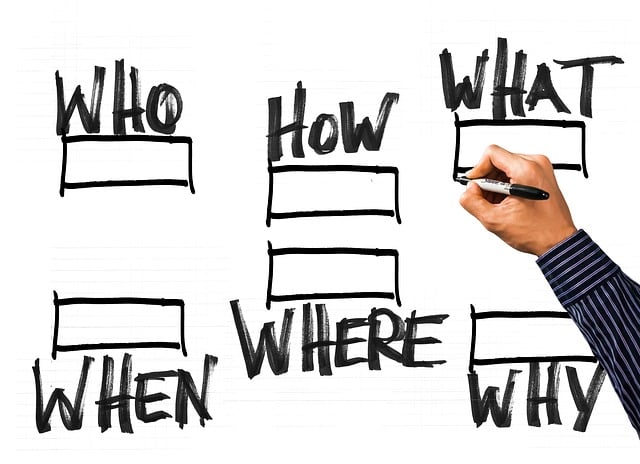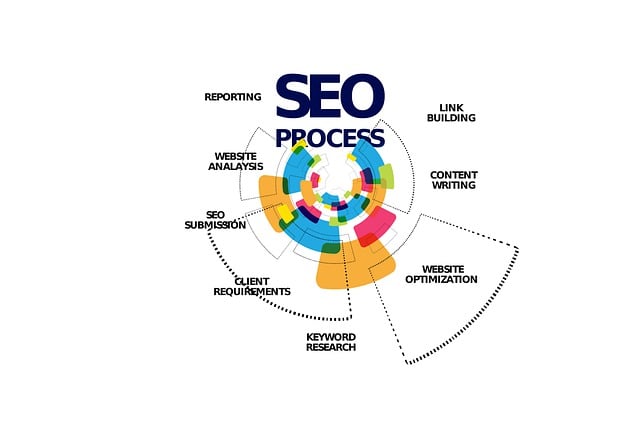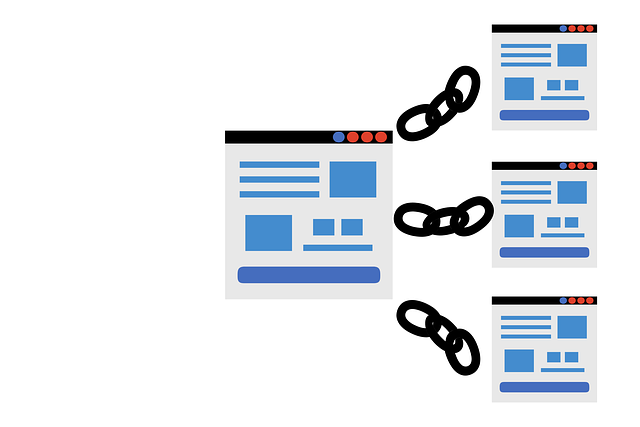On-page SEO ranking factors
Title Tags and Meta Descriptions for SEO ranking
Title tags and meta descriptions play a crucial role in SEO ranking and click-through rates of a website on search engine results pages. Title tags should accurately summarize the content of the page in a concise and compelling manner, incorporating relevant keywords to enhance search engine optimization. Meta descriptions, on the other hand, provide a brief overview of the webpage content, enticing users to click through by offering a glimpse of what they can expect to find.
When crafting title tags, it is essential to keep them within the recommended character limit to ensure they are fully displayed in search results. Meta descriptions should also be thoughtfully written to entice users to click through while accurately reflecting the content of the page. Both title tags and meta descriptions should be unique to each page on the website, avoiding duplication and ensuring that each page has its own distinct identity in search results.
Optimizing Headers and Subheadings
Headers and subheadings play a crucial role in structuring content for both users and search engines. When optimizing headers, it is essential to utilize relevant keywords to provide context and improve organic search visibility. By incorporating targeted keywords in headers and subheadings, website content becomes more aligned with user intent and increases the chances of ranking higher in search engine results pages.
In addition to keyword optimization, headers and subheadings should also be utilized to effectively segment and organize content. Clear and concise headers help users navigate through the webpage easily and locate the information they are seeking. By implementing a logical hierarchy of headers and subheadings, websites can enhance readability and overall user experience, ultimately leading to higher engagement and lower bounce rates.
Quality and Relevant Content for SEO ranking
Crafting high-quality and relevant content is paramount for any website looking to engage and retain its audience. Users seek informative and valuable content that addresses their needs and queries effectively. To achieve this, content creators must conduct thorough research, utilize credible sources, and ensure the information presented is accurate and up-to-date. By focusing on quality, websites can establish themselves as authoritative and trustworthy sources of information in their respective fields.
Moreover, relevance plays a crucial role in capturing and maintaining the attention of online visitors. Content should be tailored to align with the interests and preferences of the target audience. Understanding the demographics, behaviors, and preferences of the audience is key to creating content that resonates with them. By delivering content that is not only of high quality but also relevant to the audience’s needs and interests, websites can foster stronger connections with their visitors and enhance overall user experience.
Keyword Placement and Density
Keyword placement and density are pivotal factors when it comes to optimizing a webpage for SEO ranking in search engines. The strategic placement of keywords throughout the content is essential for search engines to understand the relevance of the page to a user’s search query. The key is to incorporate keywords naturally within the content, ensuring a balanced density that conveys the main topic without overwhelming the reader.
It is crucial to remember that overloading content with keywords can negatively impact user experience and result in search engines penalizing the website. To maintain a healthy keyword density, it is recommended to focus on quality content that provides value to the reader while incorporating relevant keywords in key areas such as the title tag, meta descriptions, headers, and body content. By prioritizing user experience while optimizing for keywords, websites can achieve a better balance that enhances search engine visibility and engages users effectively.
Internal Linking Structure as SEO ranking factor
Internal linking plays a crucial role in enhancing the overall SEO ranking of a website. By strategically linking relevant pages within the website, you not only improve the user experience but also help search engines effectively crawl and index your content. When creating internal links, ensure that the anchor text is descriptive and includes keywords that are relevant to the linked page.
A well-structured internal linking system can also boost the authority of important pages on your website. By linking to cornerstone or high-priority content from other pages, you signal to search engines the significance of these pages. Additionally, internal linking can help distribute link equity throughout your website, improving the overall search engine visibility and potential rankings of your web pages.
Page Load Speed and Mobile Optimization
In the digital landscape, the speed at which a webpage loads can significantly impact user experience and overall website performance. Slow-loading pages not only frustrate visitors but can also lead to higher bounce rates and lower search engine rankings. It is imperative for website owners to prioritize optimizing page load speed to ensure a seamless and efficient browsing experience for their audience.
Furthermore, with the ever-increasing use of mobile devices for online activities, mobile optimization has become non-negotiable for websites. Ensuring that your website is responsive and mobile-friendly is crucial in catering to the needs of on-the-go users. By optimizing for mobile, you enhance accessibility and usability, subsequently improving user engagement and driving higher conversion rates. Prioritizing both page load speed and mobile optimization is essential for staying competitive in the digital realm.
Image Optimization for SEO ranking
Images play a vital role in enhancing the visual appeal of a website and improving user engagement. When optimizing images for a website, it is important to ensure that they are appropriately sized and compressed without compromising their quality. Large image files can slow down page load speed, negatively impacting user experience and SEO performance. By resizing and compressing images, website owners can strike a balance between visual aesthetics and optimal loading times.
Additionally, using descriptive file names and alt text for images is crucial for SEO purposes. Search engines rely on these elements to understand the content and context of images since they cannot interpret visual content directly. Including relevant keywords in alt text helps improve the chances of images appearing in search engine results, driving more organic traffic to the website. Properly optimized images not only contribute to an improved user experience but also boost the overall SEO of a website.
URL Structure
Your website’s URL structure plays a crucial role in enhancing user experience and improving search engine visibility. A clean and organized URL not only helps users understand the content of the page they are visiting but also assists search engines in crawling and indexing your site more efficiently. By incorporating relevant keywords in your URLs and keeping them concise and descriptive, you can communicate to both users and search engines the relevance of your content.
When structuring URLs for your website, it is essential to ensure that they are static and include logical hierarchies that reflect the information architecture of your site. Avoid using dynamic parameters and instead opt for static URLs that are easy to read and share. By incorporating targeted keywords in your URLs and separating different sections with hyphens, you can create a URL structure that is both user-friendly and optimized for search engines, improving the overall SEO performance of your website.
Structured Data Markup
Structured Data Markup is an essential aspect of optimizing a website for search engines. By incorporating structured data markup, website owners can provide search engines with valuable information about the content on their pages. This markup helps search engines better understand the context of the content, which can lead to more accurate and relevant search results for users.
Implementing structured data markup can also enhance the appearance of a website’s search engine listings through rich snippets. Rich snippets can include additional information such as reviews, ratings, prices, and more, making the search result more enticing and informative for potential visitors. Overall, utilizing structured data markup is a powerful tool for improving a website’s visibility, relevance, and user engagement in search engine results pages.
User Experience and User Engagement
A key element in ensuring the success of a website is its ability to provide a positive user experience. User engagement plays a crucial role in the overall satisfaction of visitors to a website. By creating a user-centric design and intuitive navigation, you can enhance the user experience and encourage visitors to engage more with your content.
Incorporating interactive elements such as videos, quizzes, and polls can help capture the attention of users and keep them engaged. Additionally, optimizing the loading speed of your website and ensuring that it is mobile-friendly are essential factors in improving user experience and driving user engagement. By prioritizing the needs and preferences of your audience, you can cultivate a loyal following and encourage repeat visits to your website.
Social Sharing Integration
One key aspect of optimizing your website for increased visibility and engagement is integrating social sharing functionality. By seamlessly incorporating social sharing buttons on your web pages, you provide your audience with an easy way to share your content across various social media platforms. This not only expands your reach but also encourages user interaction and promotes your brand virally.
Social sharing integration allows visitors to become advocates for your content, amplifying its exposure to a wider audience. By providing these sharing options, you empower users to effortlessly distribute your valuable information within their own networks, leading to increased traffic and potential conversions for your website. It is essential to make sharing as simple as possible to encourage users to spread the word about your content effortlessly.
Content Freshness and Updates
Updating your website regularly with fresh content is crucial in maintaining its relevance and authority in the online space. Search engines like Google favor websites that consistently provide new and valuable information to their users. By keeping your content up-to-date and relevant, you not only enhance your website’s credibility but also improve its visibility in search engine results.
Regular updates also signal to search engines that your website is actively managed and that your business is current and engaged with your audience. This can help improve your website’s ranking in search engine results pages (SERPs) and attract more organic traffic. Additionally, fresh content gives your visitors a reason to keep coming back to your website, increasing user engagement and potentially leading to higher conversion rates.
Outbound Links
Outbound links play a significant role in boosting the credibility and authority of a website. When used strategically, outbound links to reputable sources can enhance the relevance and reliability of the content being presented. By linking to external websites with high-quality and relevant information, website owners not only provide additional value to their audience but also signal to search engines that their own content is well-supported and trustworthy.
It is essential to exercise caution when incorporating outbound links to ensure they align with the overall theme and purpose of the content. By selecting reputable websites that are relevant to the topic at hand, website owners can reinforce the expertise and authority of their own content. Additionally, maintaining a balance between outbound and internal links can help create a well-rounded linking strategy that enhances the user experience and demonstrates a commitment to providing valuable resources to visitors.
Canonical Tags
When it comes to optimizing your website for search engines, canonical tags play a crucial role. These tags help search engines understand which version of a webpage should be prioritized when similar or duplicate content exists across different URLs. By specifying the canonical URL for your content, you can avoid issues related to duplicate content penalties and ensure that the right page is indexed and displayed in search results.
Implementing canonical tags is particularly important for e-commerce websites with product pages that may have multiple URLs (such as sorting variations or session IDs) pointing to the same content. By indicating the preferred URL through canonical tags, you can consolidate the ranking signals for that particular page, ultimately improving its visibility and relevance in search engine results pages. In essence, canonical tags act as a directive to search engines, guiding them to the most relevant and authoritative version of your content and enhancing the overall SEO performance of your website.
SSL Certificate and Website Security
Ensuring the security of your website is paramount in today’s digital landscape. One crucial aspect of website security is obtaining an SSL certificate. This certificate encrypts data transmitted between a user’s browser and the website server, safeguarding sensitive information such as login credentials, payment details, and personal data. By implementing an SSL certificate, you not only protect your users’ information but also build trust and credibility with your audience.
In addition to obtaining an SSL certificate, regularly monitoring and maintaining website security is essential. Conducting security audits, installing security patches, and keeping software up to date are vital steps in safeguarding your website against potential threats. By prioritizing website security, you demonstrate a commitment to protecting user data and preserving the integrity of your online presence.






